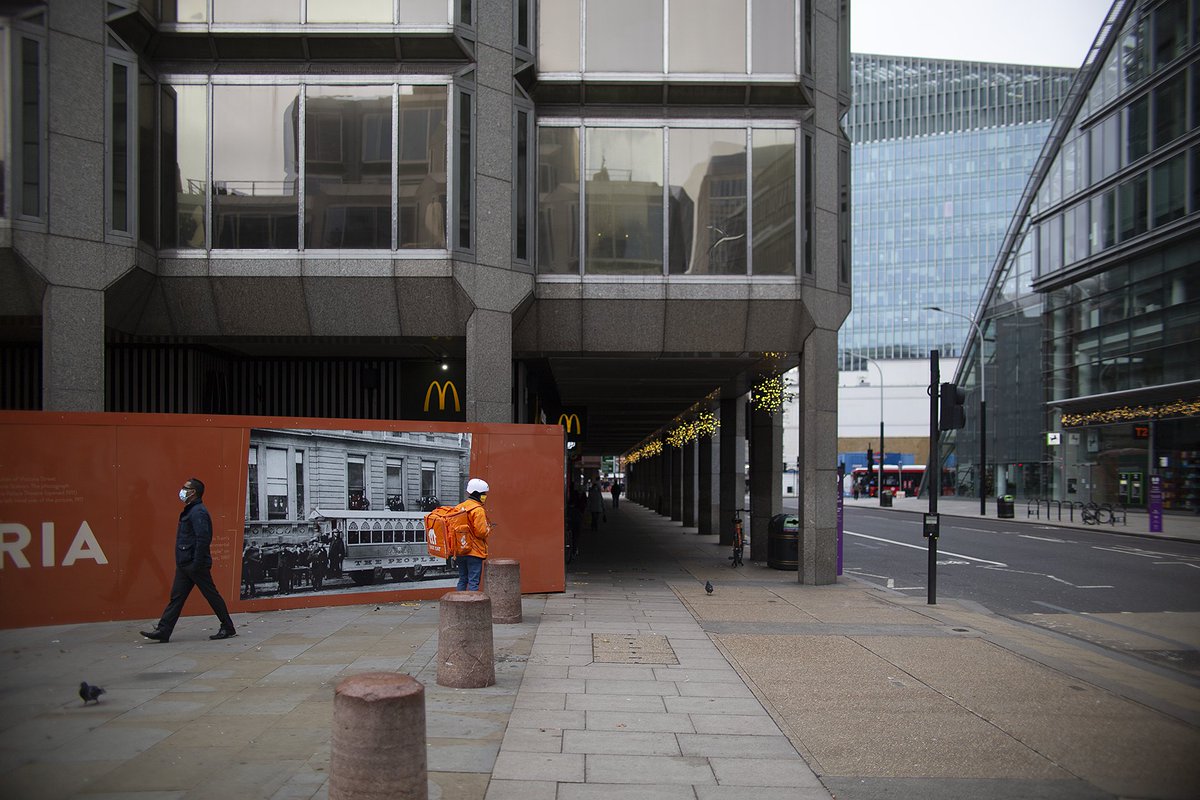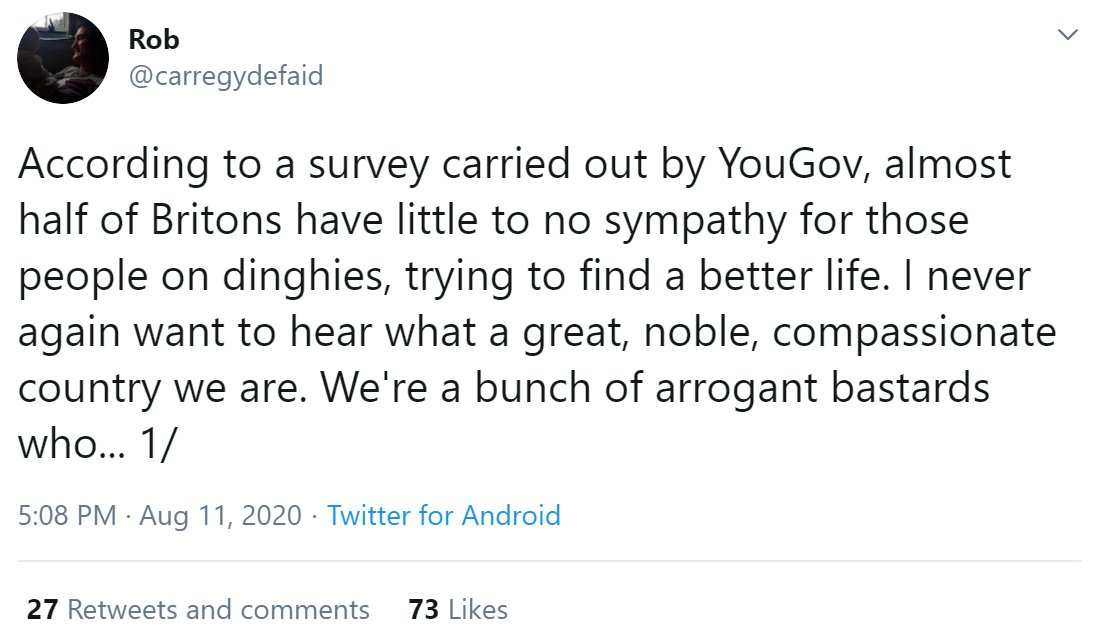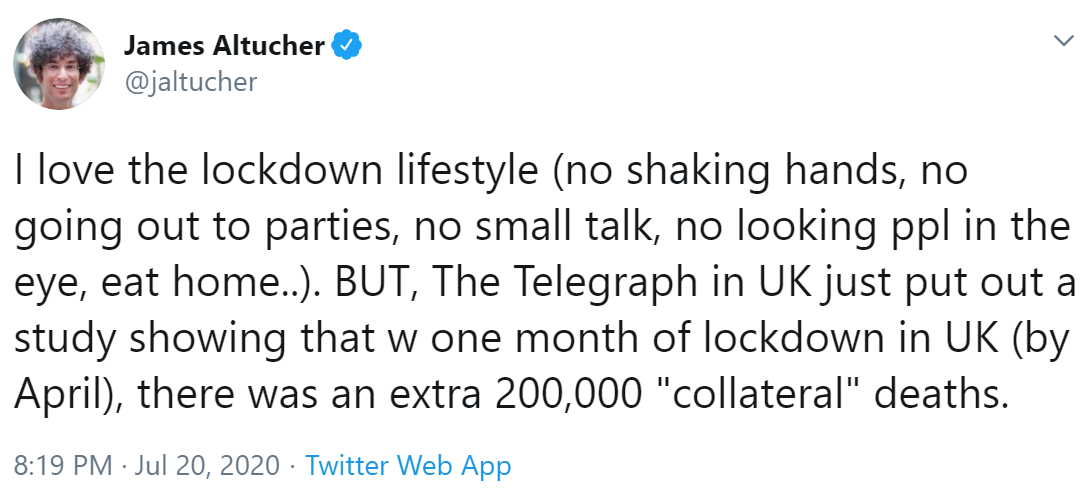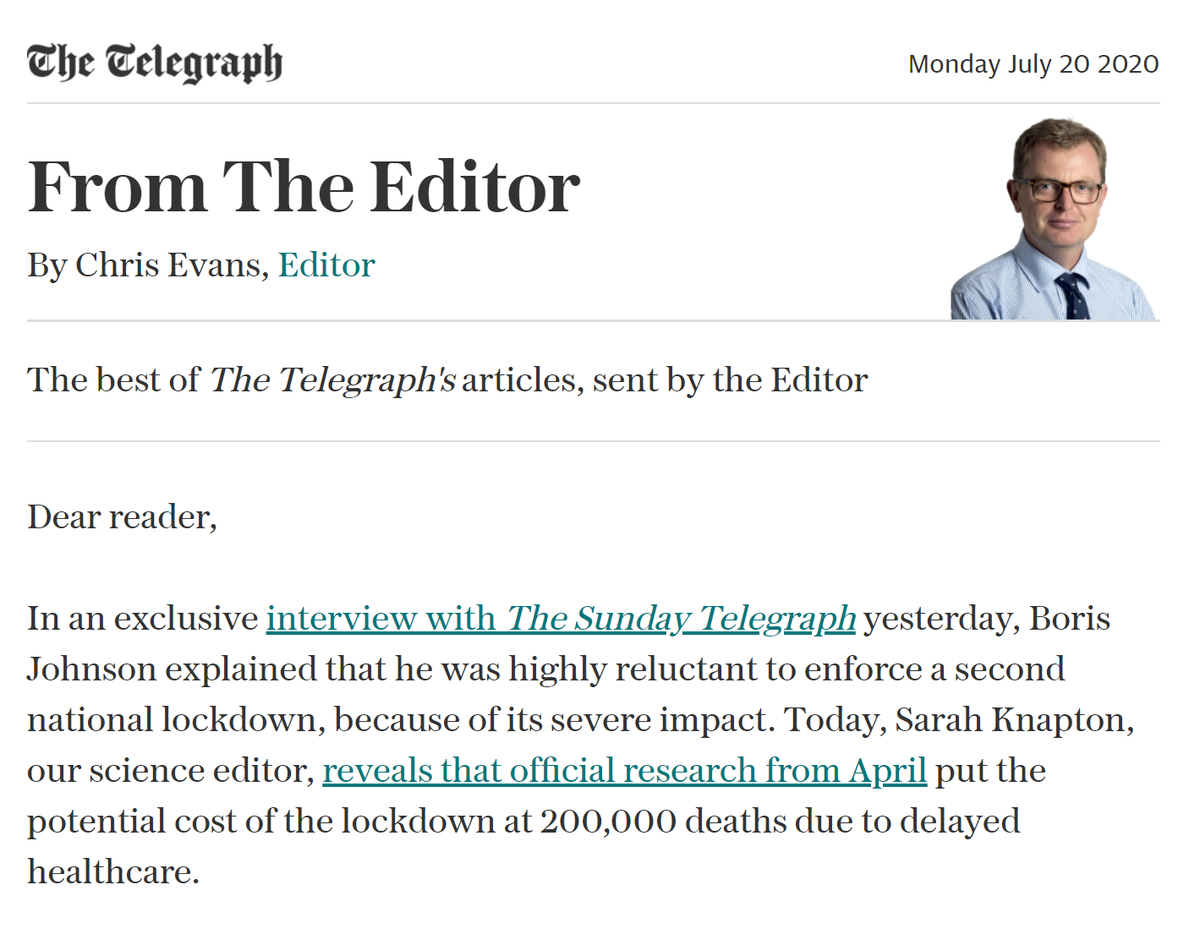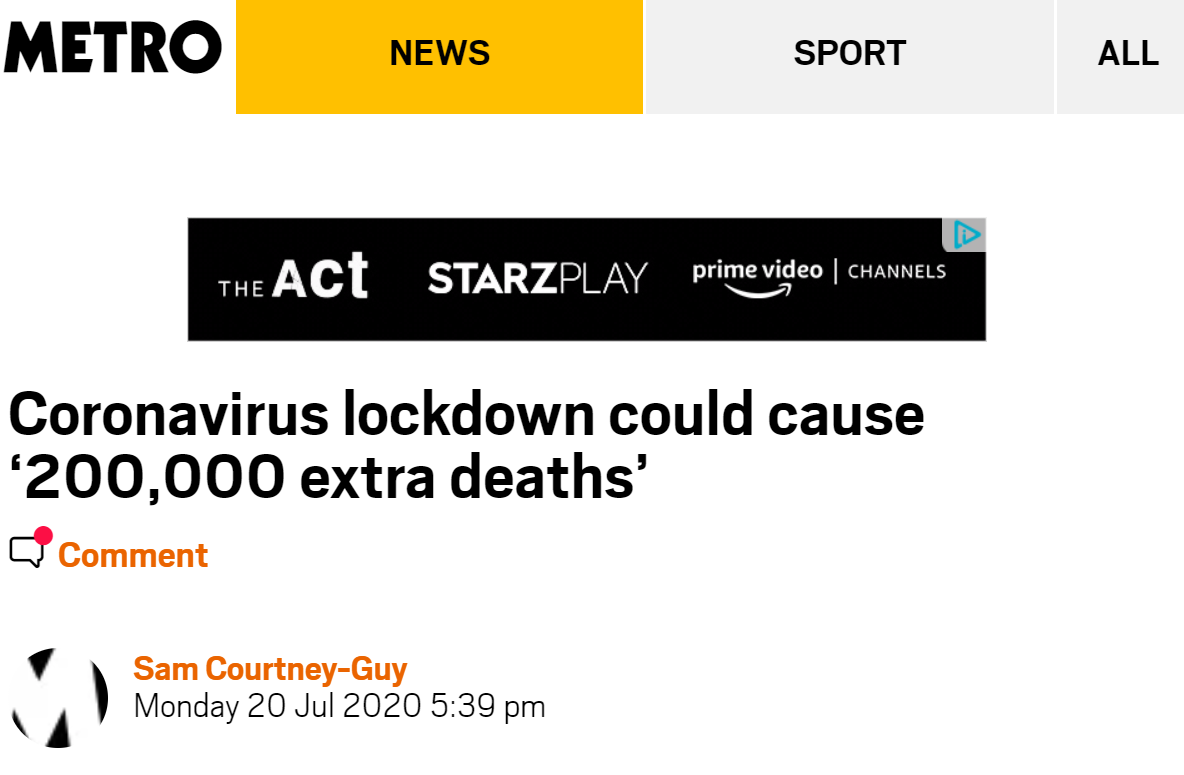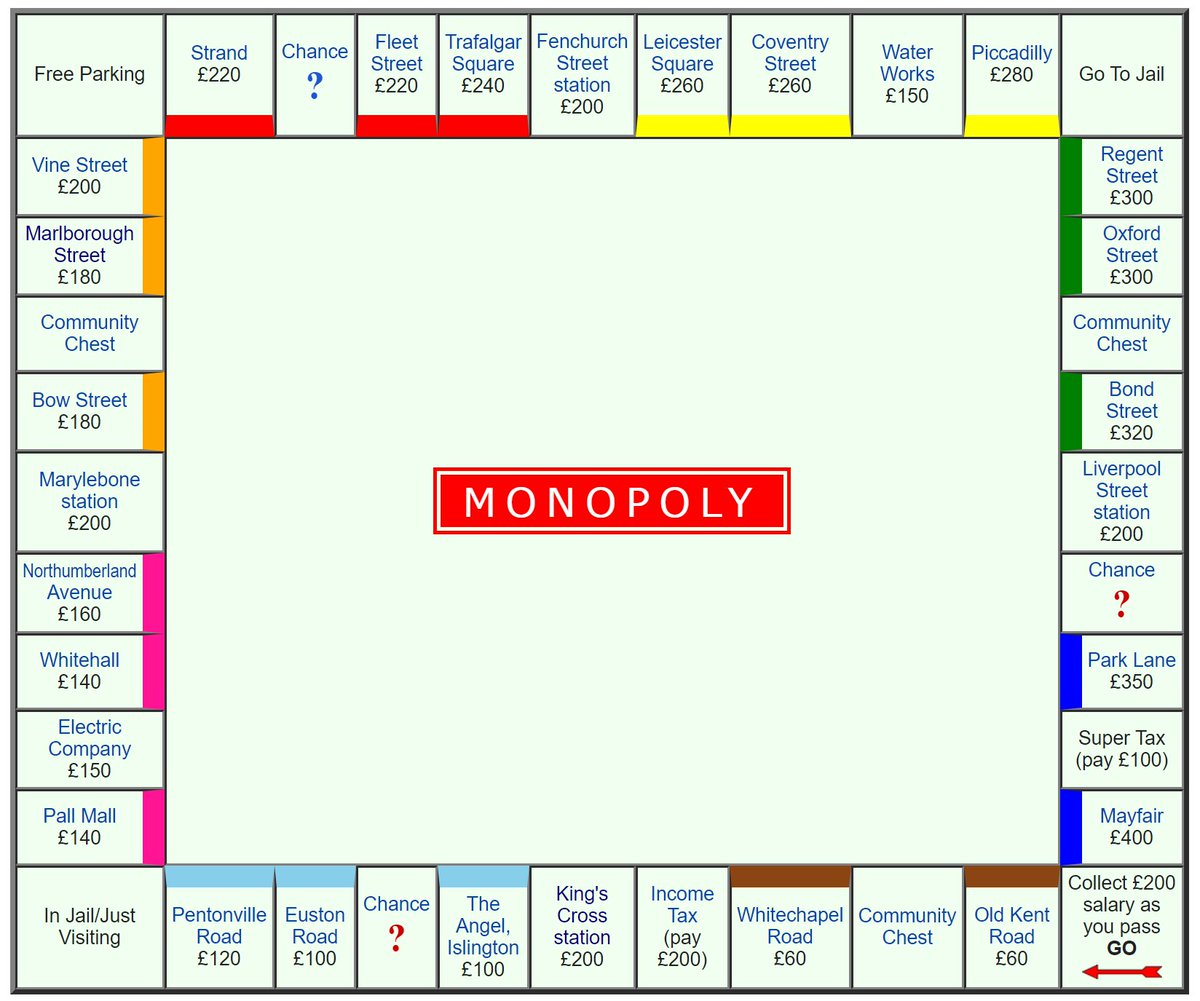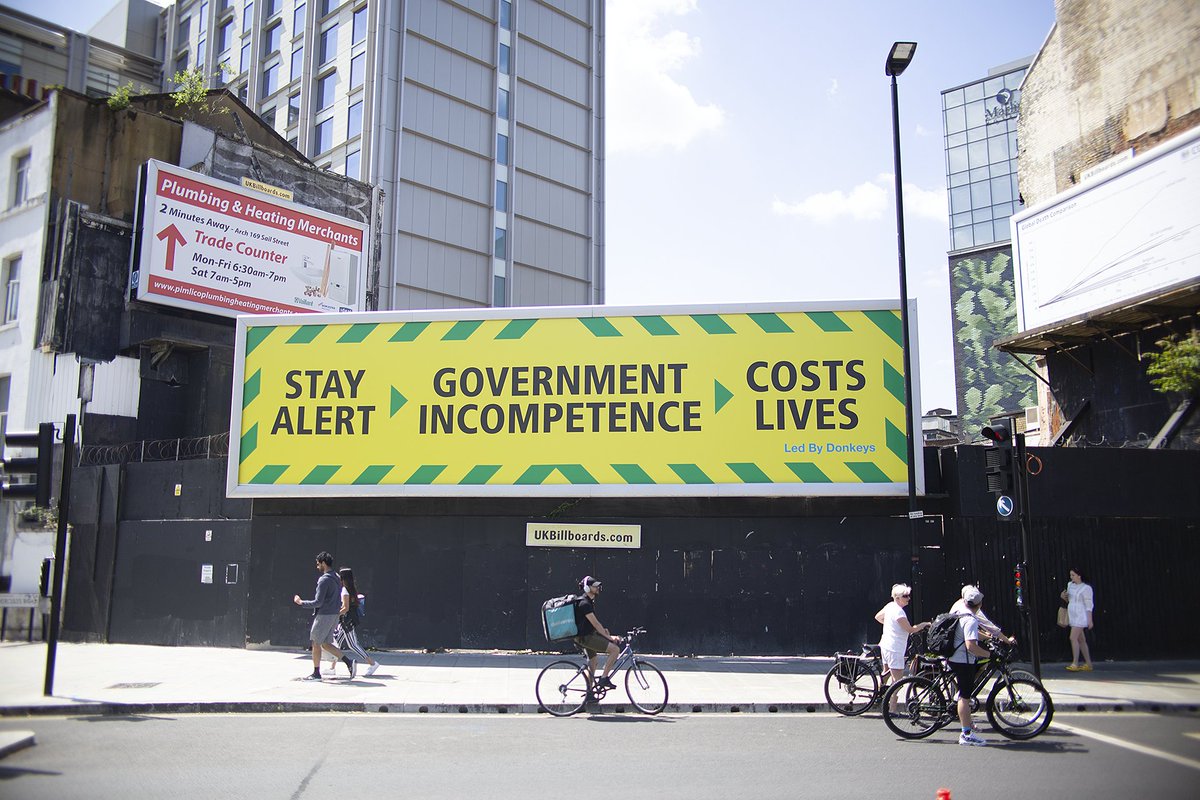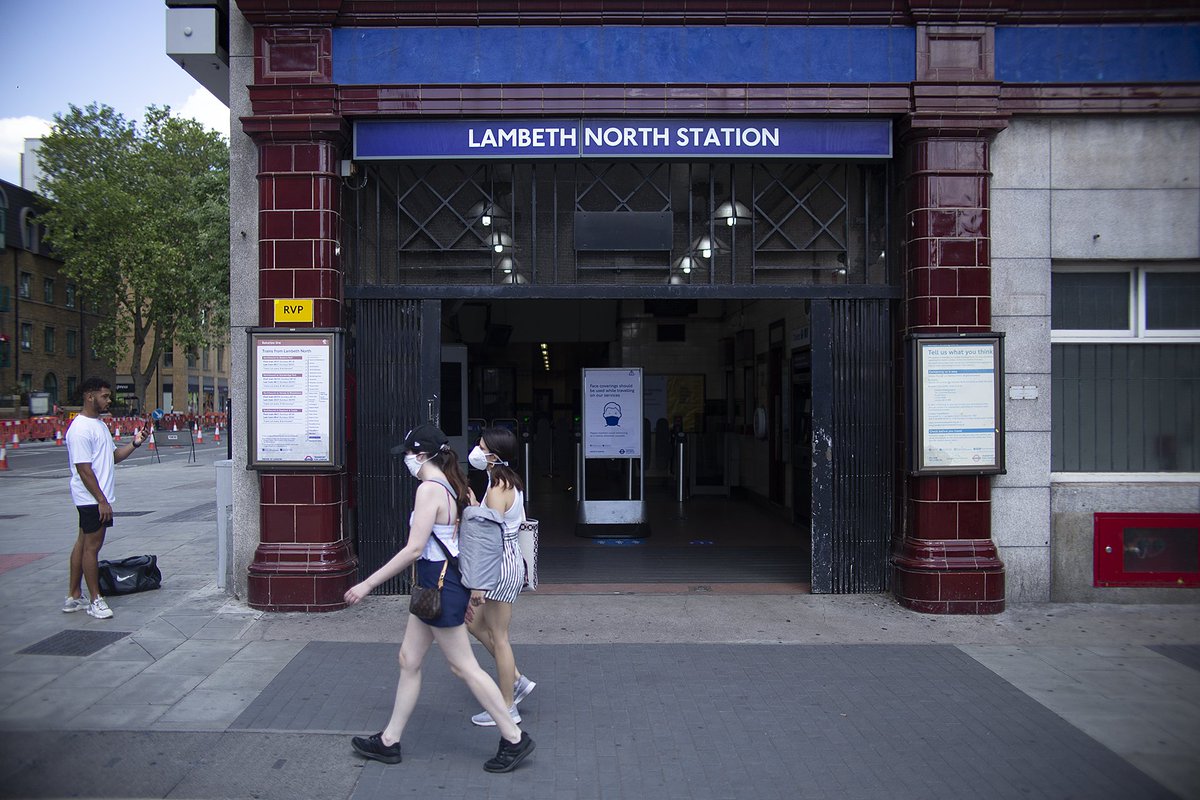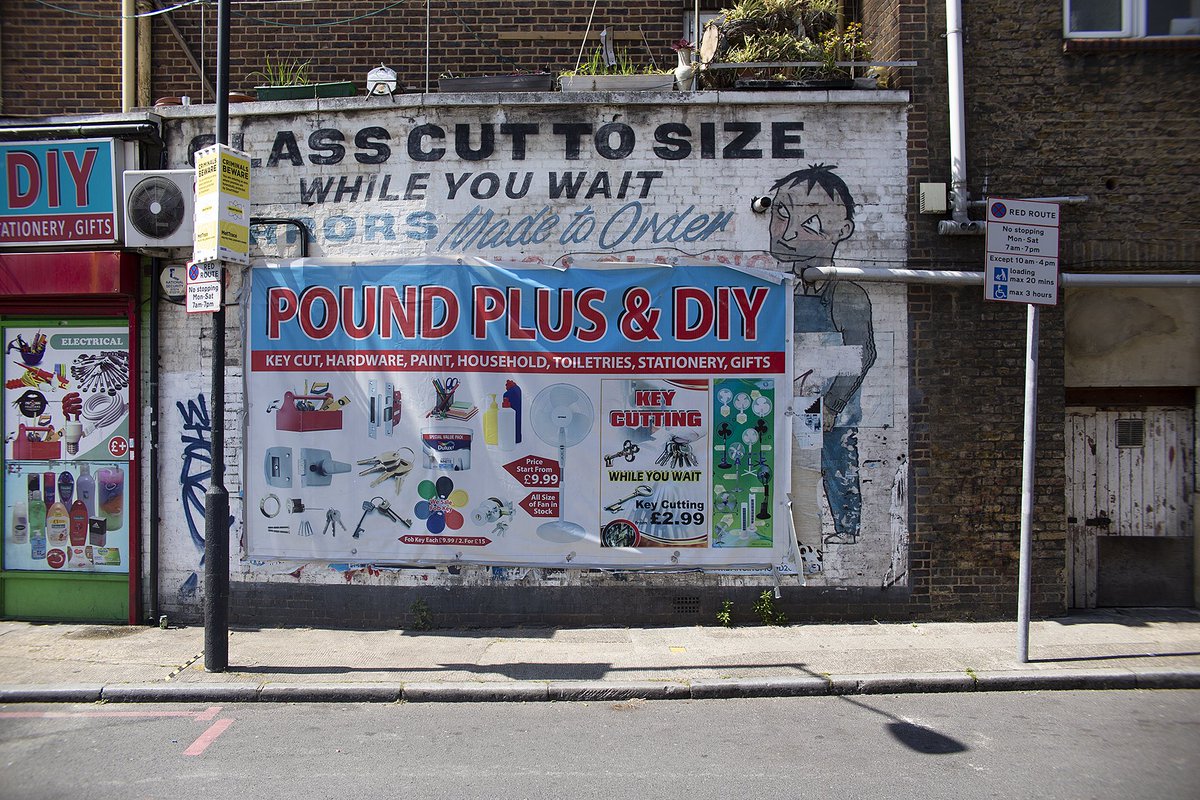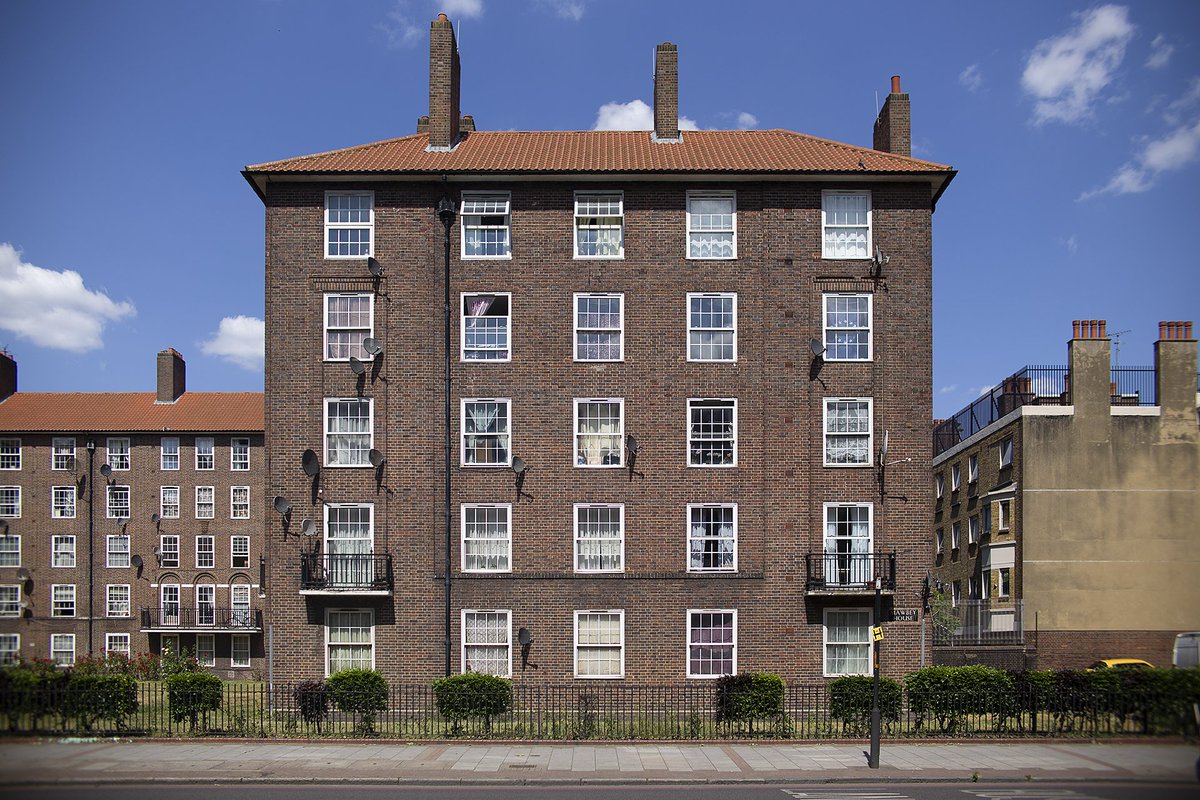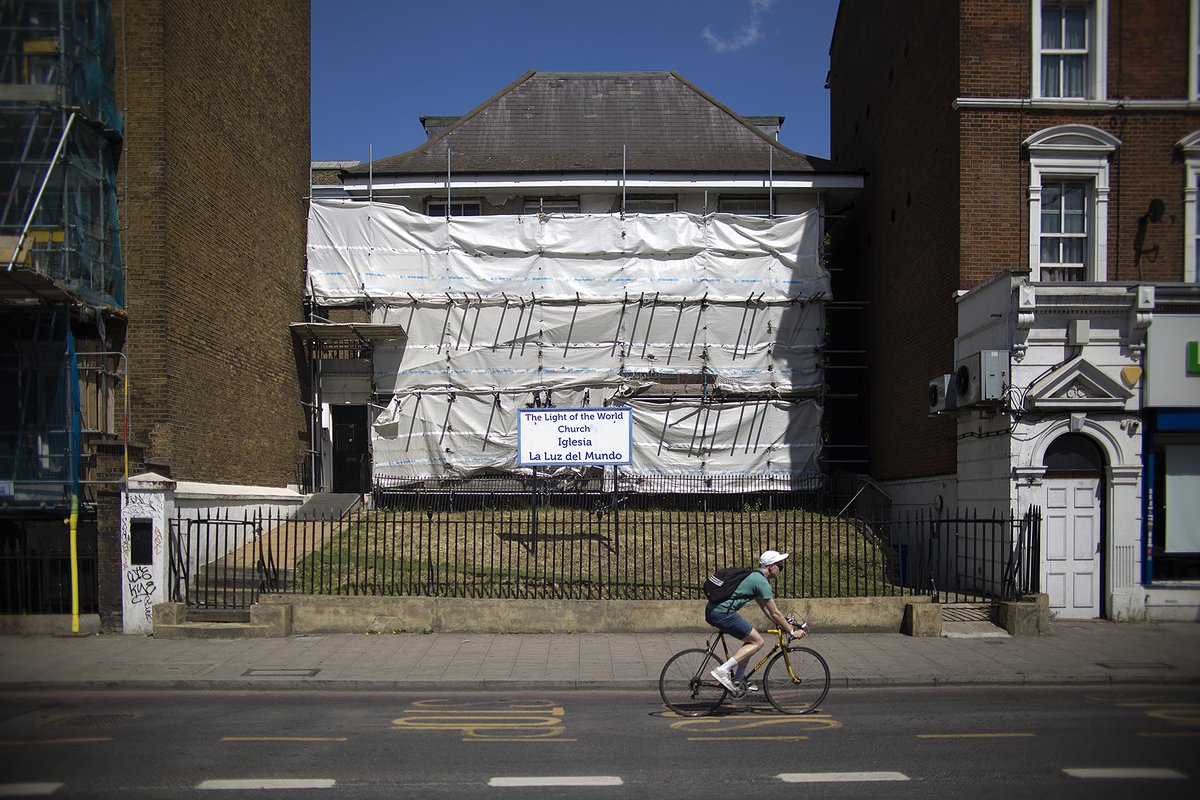
It's been quiet in London again.
I'd been planning to go for a long walk by the coast if restrictions lifted, but they did not.
So we spent a few hours walking round the 14 London Railway Terminus Stations instead
It's a nice walk: a 16 mile loop you could start at any station
I'd been planning to go for a long walk by the coast if restrictions lifted, but they did not.
So we spent a few hours walking round the 14 London Railway Terminus Stations instead
It's a nice walk: a 16 mile loop you could start at any station

We started at Charing Cross.
The 'cross' at the front there is actually a replica. The original stood to the south of Trafalgar Square.
It was one of 12 'Eleanor Crosses', marking the funeral path of Quean Eleanor, on her way to Westminster Abbey, after she unexpectedly died.
The 'cross' at the front there is actually a replica. The original stood to the south of Trafalgar Square.
It was one of 12 'Eleanor Crosses', marking the funeral path of Quean Eleanor, on her way to Westminster Abbey, after she unexpectedly died.

Most of the centre is empty, and an oddity is that there seem to be more cake shops & sweet shops open than any other type of shop (considered 'essential' due to being food shops).
That includes the massive open air Kingdom of Sweets pick n mix outside Victoria station.



That includes the massive open air Kingdom of Sweets pick n mix outside Victoria station.




Victoria Station opened in 1860 - 160 years old this year. I always think it feels a bit soulless, and too busy. At the moment it is soulless in both senses, as there is barely anyone there at all. 

From there we headed up past the back of Buckingham Palace, through the edge of Hyde Park, and on through the streets the other side... 







... to Paddington Station.
It feels strange that so much care has gone into the all the signs & Covid warning extras, which barely anyone will ever see.
Both the station & the area around were very quiet.



It feels strange that so much care has gone into the all the signs & Covid warning extras, which barely anyone will ever see.
Both the station & the area around were very quiet.




Even by the river, few people walking, and the same at the 'Basin', designed largely for commuters & after work diners I suppose.
Half of the benches are randomly taped off, half left open, in a way that makes no real sense.



Half of the benches are randomly taped off, half left open, in a way that makes no real sense.




Next on the route was Marylebone, from 1899, though it feels older than some of the 'old' stations.
An empty Burger King was the only place open, pigeons seem to be taking over, and the unused cash machines now say 'Cash is Safest ✅'.



An empty Burger King was the only place open, pigeons seem to be taking over, and the unused cash machines now say 'Cash is Safest ✅'.




Normally the roads between there & Euston would be full of traffic, and tourists. But it feels like a film set again, like it did in the summer, at the moment. More cars perhaps than last time, but few on the streets other than in the tents toward Tottenham Court Road. 







Euston was completely closed. This was shortly after Christmas, so perhaps shut down for work, hence pretty much the only people there were workers in hi viz. 







And protesters, living in the trees out the front, trying to stop the workers in hi viz from building HS2. 



From there, it's a short walk, to the much more beautiful St Pancras.
St Pancras actually had a few people in it, using it a bit like a cafe - sitting & eating on the benches inside - one of very few places where you can buy food & eat it indoors in the whole of London.



St Pancras actually had a few people in it, using it a bit like a cafe - sitting & eating on the benches inside - one of very few places where you can buy food & eat it indoors in the whole of London.




Kings Cross was closed too.
I always think the roof inside looks quite lovely when it's empty.
Outside, just a few confused travellers, and homeless people sheltering under the doorways.



I always think the roof inside looks quite lovely when it's empty.
Outside, just a few confused travellers, and homeless people sheltering under the doorways.




Passing Farringdon, which isn't on the list, but I always like this view of The Shard & St Paul's over the railway lines, even on a grey day. 

Through Smithfield Market, designed by Horace Jones, who also designed Billingsgate & Leadenhall.
There's been a market there for more than 800 years, but it will move out to Barking in the next few years if all goes as planned.



There's been a market there for more than 800 years, but it will move out to Barking in the next few years if all goes as planned.




Out the other side, and through the Barbican tunnel on Beech Street - London's first zero emission road. 







To Moorgate.
Moorgate mostly feels like a tube stop now, but there are still a few trains terminating there, mostly from Hertfordshire.
'The City' is particularly quiet - another work zone with no workers at present.

Moorgate mostly feels like a tube stop now, but there are still a few trains terminating there, mostly from Hertfordshire.
'The City' is particularly quiet - another work zone with no workers at present.


& from there through to Liverpool Street.
The station was closed too. Quite lovely in a way. Nicely lit, with various Christmas decorations.



The station was closed too. Quite lovely in a way. Nicely lit, with various Christmas decorations.




A lot of the architecture around there isn't pretty, but the mix of old & new makes each a bit more interesting than it would be otherwise. 


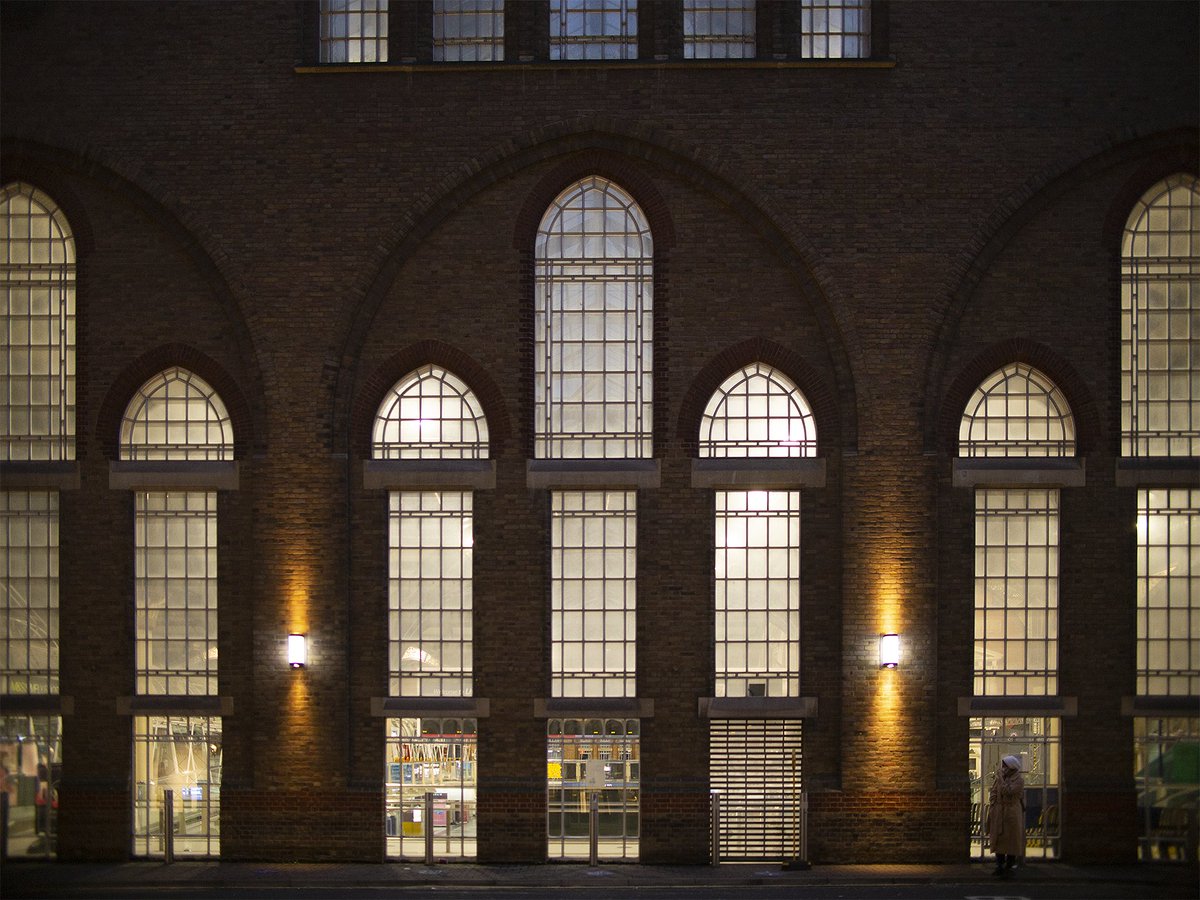
The walk from there goes, under the Heron Tower, and the Gherkin, where the buildings are new but the streets have old names like 'Houndsditch' and 'Star Alley'.
Ending at the 'Arcadia' (public art) sign, by Leo Fitzmaurice, which somehow feels more interesting at the moment.



Ending at the 'Arcadia' (public art) sign, by Leo Fitzmaurice, which somehow feels more interesting at the moment.




That's out the front of Fenchurch Street Station.
If you look at old photos of Fenchurch Street, the building itself has looked the same for decades, despite everything else around it changing.
If you look at old photos of Fenchurch Street, the building itself has looked the same for decades, despite everything else around it changing.

From there, you can cut down past 'All Hallows by the Tower', the oldest Church in the City of London, where the vicar is the brilliant Katherine Hedderly, along Great Tower Street & Eastcheap (below), and past Monument toward the next station. 

Cannon Street is the next stop.
I've walked past it a few times during the pandemic. The front had a bit of redecoration at the point 'Thank You NHS' was at its peak. It's another city commuter station, so I suspect few have seen seen it.


I've walked past it a few times during the pandemic. The front had a bit of redecoration at the point 'Thank You NHS' was at its peak. It's another city commuter station, so I suspect few have seen seen it.



From there it's a short walk over the river to London Bridge.
I always like the view this side of the river - most photos you see at this point are on the other side, toward Tower Bridge.
I always like the view this side of the river - most photos you see at this point are on the other side, toward Tower Bridge.

Next is London Bridge, one of the oldest stations in the world, from 1836. Usually a million people a week pass through here. 







The next station is London Blackfriars, with entrances on both sides of the river - a bridge & a station in one.
It was originally opened as "St Paul's" in 1886, renamed to Blackfriars much later to avoid confusion with the St Paul's tube station.

It was originally opened as "St Paul's" in 1886, renamed to Blackfriars much later to avoid confusion with the St Paul's tube station.


The penultimate stop, before heading back to finish the loop, is Waterloo - the UK's busiest station - almost 2 million passengers per week.
Here it was closed & empty, other than a couple of people sheltering in the doorway.


Here it was closed & empty, other than a couple of people sheltering in the doorway.



From there you head over the river, past the Southbank Centre, over one of the Jubilee Bridges which sit either side of the Hungerford Bridge, where workmen were fixing the rails under the London Eye. 

And the view to the East covers St Paul's, and The Shard, and many of the areas the walk has gone through. 

And back, finally, to Charing Cross, originally just called Charing, where the replica 'Cross' marks that point nearby on the route where Queen Eleanor's body spent the final night of her journey, 730 years ago, on her way to Westminster Abbey. 

• • •
Missing some Tweet in this thread? You can try to
force a refresh


